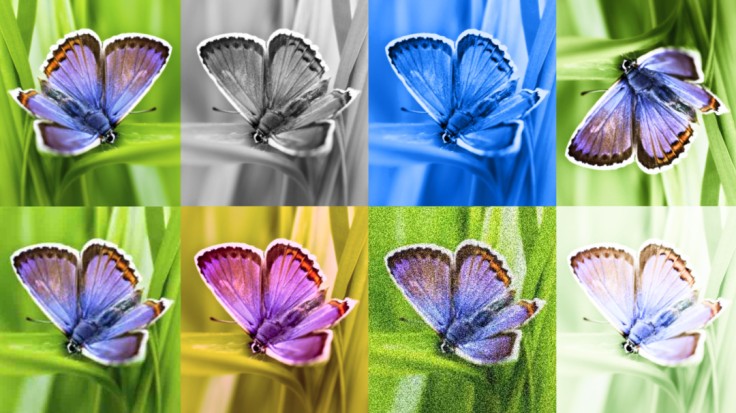With the rise of generative AI, anyone can create art now. With most AI tools, all a person needs to do is enter a text prompt and the generator will do all the work. A lot of issues have emerged since then, and Google might have a solution for it.

Google Deepmind: SynthAI
AI-generated images can be hard to detect especially for someone with an untrained eye. This can spell trouble when bad actors create false images to spread false information. It has even become a threat to both digital and traditional artists.
Detection tools for AI-generated content are already being developed to discern which are synthetically produced. Google, with its AI technology, has created another that is capable of doing so, along with placing a watermark that cannot be seen in the photo.
With that method, SynthAI can both mark and detect AI-generated images. They cannot easily be removed since they aren't the standard watermarks you see on images that are protected by copyright, which means that creators can't just trick others that the images weren't by AI.
According to Interesting Engineering, the watermarks are small enough that they are embedded into pixels of an image. Through the naked eye, one can't find the difference between a watermarked image and a standard photo.
Other attempts aside from editing the watermarks out also won't work, including adding filters, changing color composition, or doing lossy compressions. SynthID is still at its beta version and is only available to VertexAI users who use Google's image generator Imagen.
The company's blog states that generative AI can "unlock huge creative potential, it also presents new risks, like enabling creators to spread false information," which is true, adding that being able to identify AI-generated content can help prevent the spread of misinformation.
Like other AI detection tools, SynthID is also not foolproof, meaning that some AI-generated images can still get through it without being flagged. Google also failed to mention whether the tools can detect AI-generated images that aren't watermarked by it.
Read Also : Instagram to Label Posts Generated by Meta AI
What Are the Dangers of AI-Generated Images?
Creating and using these images pose a lot of risks for the creator, its viewers, and sometimes, the subject of the photos. Not knowing when a photo is created by artificial intelligence can lead to severe consequences which can even lead to legal matters.
For one, some generators are advanced enough to create false images based on the likeness of another person. One can take "Balenciaga Pope" for example, where an AI image generator created a picture of the pope wearing a puffy white jacket.
A lot of people were convinced that it was real for a time, which just shows how it can be misused. Misinformation can ruin a person's reputation quickly, and with elections coming, it can be used for smear campaigns against other candidates.
A lot of artists have also expressed their concern with AI technology. Generative AI has made it possible to create artwork in just seconds. This threatens both digital and traditional artists since the AI method is faster, easier, and cheaper, which might put them out of a job.








